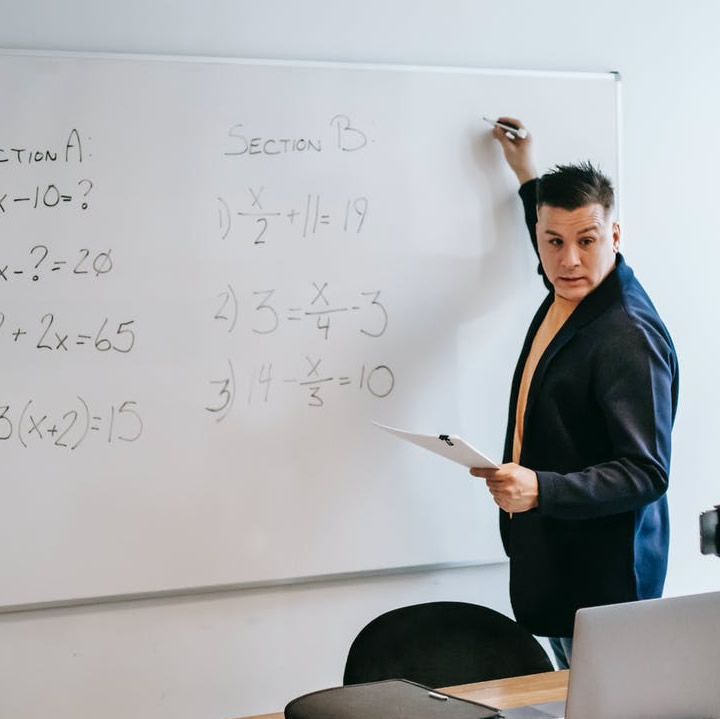Distance learning has become a go-to method for those who want to study but are unable to attend face-to-face classes. Thanks to technology, it’s a lot more convenient for teachers to provide lessons in a virtual setting.
However, there’s still a question of whether an online setup is as effective as a physical classroom setting. The environment and method may be different, but there’s a way to make learning more effective with the use of educational videos.
To help boost student engagement
It’s easy to make students watch an educational video, but it can be a challenge to catch their full attention. Keeping students engaged will help them understand the lessons better. Here are a few tips to help make that possible.
Use conversational language
Providing information in a very formal tone may turn students off as there’s also a possibility to use jargon and a difficult vocabulary if you record your videos using that language. A conversational style language, however, gives the students a sense of social partnership with their instructors. A friendly tone may encourage them to listen more and remember the lessons with ease.
Speak enthusiastically
The level of energy a teacher puts into teaching or narrating in videos may influence the level of energy a student puts into watching them. While it can be tempting to speak slowly, thinking that it would make it easier for students to understand what’s being taught, a faster and more lively speaking rate is actually more effective. Besides, students can use an online video editor to slow down parts of the video that they have difficulty understanding.
Use images and animation
Visual aids are still highly recommended for effective teaching. Visual information and emotions are both processed in the same part of the brain. And when the student’s emotions and visuals are fed, these together create memories. This is why powerful images and videos make a lasting impression on students, making it easier for them to retain information.
To encourage active learning
Educational videos can be made even more effective if it comes with sections that help students absorb the information and track their learning. Here are some ideas to help make the most out of videos.
Add interactive features
Allowing students to click on certain parts of the video can help them set the pace for learning. Giving them the option to click on items or move them around within the video makes them feel involved in the learning process. This may require a bit more video editing skills so feel free to consult or acquire assistance from professional video editors.
Integrate guiding questions
After a short introduction to the lesson or topic, provide some guide questions to help the students determine the points that they need to focus on while also giving them a glimpse of what’s covered in the video.
It can be something like:
- After watching this video, you should be able to answer the following questions:
- What are the common problems the environment is facing today?
- What are the causes of such problems and what can be done to avoid them?
- How has technology helped in minimizing environmental problems?
There’s no fixed format for this so teachers can get as creative as they could. These guiding questions will not only give the students an overview of what’s to come, but they also help them break down the topic better, making each part easier to digest.
Add post-video summaries
At the end of each topic or each video, give a recap of what has been discussed. Mentioning lessons several times will make it easier for the brain to absorb and remember. Repetition helps transition information from the conscious to the subconscious. This is how toddlers learn words. By repeating a word several times, the toddler gets to try it and rehearse it until, eventually, it becomes easier for them to say it.
The summary does not have to be long and detailed. You can even present it in bullet form or as an infographic. You may mention only the important points and maybe add a brief definition of each. This will help students determine if they were able to catch all those points or if they missed something.
Make video a powerful part of the virtual learning experience
Video can be a powerful tool for teachers, instructors, and educators. It’s important for every educational video to be optimized with elements that boost engagement and encourage active learning. Although videos can be a passive learning process, like reading, teachers can optimize them with the help of these tips.
The results may still vary depending on how each student would respond to the videos but, with the right elements and techniques, educational videos can take learning and understanding to a whole new level, despite the distance.

